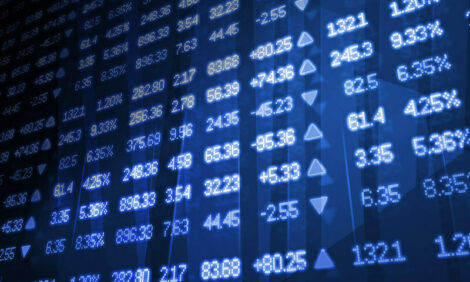



Cattle cycles shape global beef markets - Rabobank
Sustainability agenda expandsGlobal cattle prices have split into two distinct groups: those in North America and Europe and those in the rest of the world. In the US, declining supply and strong consumer demand are driving cattle prices higher, while in most other regions, softer consumer demand and/or increasing supply have caused prices to soften, according to a recent Rabobank report.
Compared to 12 months ago, US cattle prices have increased almost 30%, whereas Australian cattle prices have dropped by more than 30%. This price split is the largest Rabobank analysts have seen in the last 10 years and compares to the period in 2014 when US prices were also at very high levels. Such a separation in prices will have consequences for beef exporters’ competitiveness, analysts said. They expect to see some shift in trade volumes as a result.
Rabobank analysts also expect total production of the six countries/regions monitored to decline slightly (-1% YOY) in Q3 this year before returning to levels similar to 2022 in Q4 and Q1 2024. Drops in New Zealand, and the US are expected to outweigh the growth in Australia, Brazil, and China in Q3 2023.
A consistent theme across most markets – other than the US – is softer consumer demand and full supply chains. In a number of regions, particularly in Asian countries, beef purchases made through 2022 and into 2023 in anticipation of recovery from Covid have not been consumed. These are now part of growing stock levels that also include other proteins. Softer consumer demand is making it harder to move these volumes through the system. An added challenge is that global beef prices have dropped through this period and some of these stocks would have been purchased when prices were higher.



